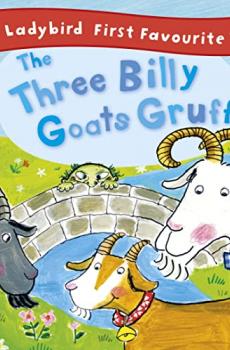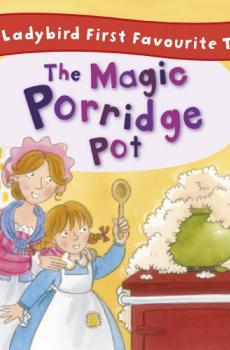The Story of the Hymns and Tunes
The Story of the Hymns and Tunes
Log in to download this book.
| Publisher | Chưa rõ |
|---|---|
| Accessible book producer | Public domain |
| Published year | 2006 |
| Coppy right | Chưa rõ |
Augustine defines a hymn as “praise to God with song,” and another writer calls hymn-singing “a devotional approach to God in our emotions,”—which of course applies to both the words and the music. This religious emotion, reverently acknowledging the Divine Being in song, is a constant element, and wherever felt it makes the song a worship, irrespective of sect or creed. An eminent Episcopal divine, (says the Christian Register,) one Trinity Sunday, at the close of his sermon, read three hymns by Unitarian authors: one to God the Father, by Samuel Longfellow, one to Jesus, by Theodore Parker, and one to the Holy Spirit, by N.L. Frothingham. “There,” he said, “you have the Trinity—Father, Son, and Holy Ghost.”
It is natural to speak of hymns as “poems,” indiscriminately, for they have the same structure. But a hymn is not necessarily a poem, while a poem that can be sung as a hymn is something more than a poem. Imagination makes poems; devotion makes hymns. There can be poetry without emotion, but a hymn never. A poem may argue; a hymn must not. In short to be a hymn, what is written must express spiritual feelings and desires. The music of faith, hope and charity will be somewhere in its strain.




